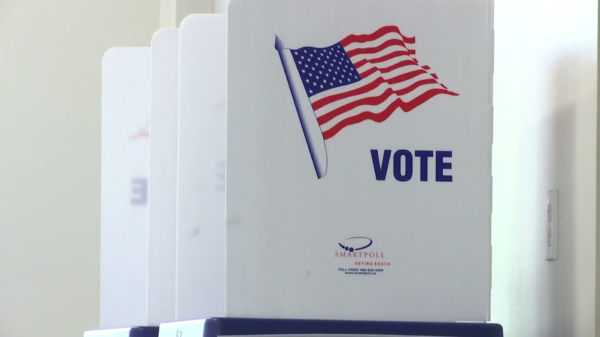The US Department of Agriculture (USDA) has proposed a ban on flavored milk, including chocolate milk, in school cafeterias across the country. The move has been met with mixed reactions from parents, students, and nutritionists, who argue that flavored milk can help children meet their daily calcium intake. However, the ban aims to reduce the amount of sugar in school meals and promote healthier options for students. The final decision is expected to be made in 2022.
The USDA Proposes A Chocolate Milk Ban In School Cafeterias
The United States Department of Agriculture (USDA) recently proposed a new rule that could ban chocolate milk from school cafeterias. This proposal is part of the Trump administration’s efforts to roll back certain school nutrition standards that were implemented during President Obama’s tenure. This move has sparked a debate among parents, nutritionists, educators, and policymakers about the pros and cons of chocolate milk in school lunches.
Arguments For Banning Chocolate Milk
The proponents of the chocolate milk ban argue that flavored milk contains high levels of added sugar and calories that contribute to obesity, diabetes, and other health problems among children. According to the American Heart Association, children should not consume more than 25 grams of added sugar per day, but a single serving of flavored milk can contain up to 22 grams. Furthermore, chocolate milk can mask the taste of plain milk and discourage children from developing a taste for non-sweetened drinks.
Arguments Against Banning Chocolate Milk
The opponents of the chocolate milk ban contend that flavored milk is a critical source of calcium, vitamin D, and other nutrients that children need for healthy growth and development. A recent study published in the Journal of the Academy of Nutrition and Dietetics found that children who drank flavored milk consumed more nutrients and were not more likely to be overweight than those who drank plain milk or no milk at all. Furthermore, some advocates argue that banning chocolate milk could lead to a decline in overall milk consumption among children, which could have negative repercussions for the dairy industry.
The Middle Ground
So, what is the middle ground in this debate? Some experts suggest that schools should offer both plain and flavored milk but limit the sugar content of flavored milk to no more than 10 grams per serving. This compromise would allow children to get the nutrients they need without consuming excessive amounts of added sugar. Some dairy companies are already offering low-sugar or no-sugar chocolate milk options that could meet this standard.
The Role Of Schools In Promoting Healthful Eating
Regardless of the outcome of the chocolate milk debate, schools have a vital role in promoting healthful eating habits among children. School cafeterias should offer a variety of nutrient-rich foods, such as fruits, vegetables, whole grains, and lean proteins, while limiting the availability of sugary drinks, fatty foods, and empty calories. Additionally, schools should educate children about the importance of making healthy choices and encourage them to try new foods and flavors.
Conclusion
In conclusion, the proposed chocolate milk ban has sparked a lively debate about the role of flavored milk in school nutrition. While some argue that chocolate milk is a source of vital nutrients, others contend that it poses a danger to children’s health due to its high sugar and calorie content. The middle ground may be to offer low-sugar flavored milk options alongside plain milk and to encourage children to make healthful choices. Regardless of the outcome, schools must continue to promote healthful eating habits and educate children about the importance of proper nutrition.




































